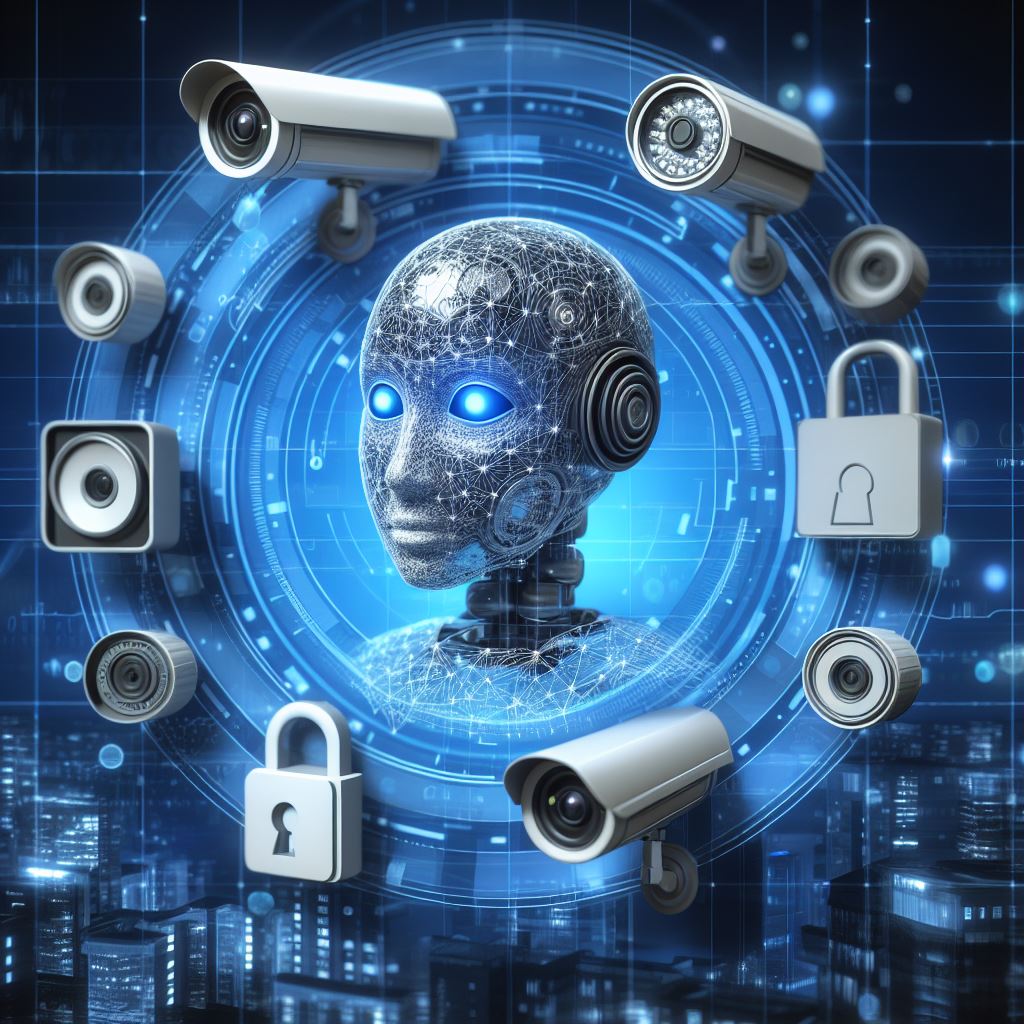Samsung heads into CES 2026 with momentum Samsung Electronics is closing out 2025 with a strong signal of where its future tech ambitions lie….
Tech trends affecting the security sector in 2024

There’s a constant pace of change in the tech industry and tech innovations alongside major opportunities cater to a massive number of benefits but this also brings some complex challenges that many may face as technology shows no sign of slowing down.
We look at the key security tech trends with the help of Johan Paulsson, CTO at Axis Communication to see what particular changes may make their way to impact the security sector in 2024.

AI and language models make their way into the security sector
The use of AI and deep learning in the security sector will focus more on advanced analytics.
New network cameras being launched to date come with features with deep learning capabilities to improve accuracy while identifying patterns.
These capabilities are the foundation for building scalable cloud solutions as they remove such heavy
bandwidth requirements, reduce processing in the cloud and make the system more reliable.
In 2024, we will see security-focused applications appear based on the use of Large Language Models and generative AI.
These will likely include assistants for operators, helping them more accurately and efficiently to interpret what is happening in a scene, and as interactive customer support, providing more useful and actionable responses to queries from customers.
In addition, generative AI has already proven its value in software development, and this will be a benefit seen throughout the security sector, according to Paulsson.
Hybrid architecture
He notes that those employing the advantages of on-premise, cloud, and edge technologies are now established as the new standard in many security solutions.
Hybrid solution architectures are deployed to add an increased level of flexibility.
“Hybrid architectures also support the forthcoming use cases for AI support and automation in solution management and operation; increased system accessibility being valuable to both human support and AI, taking advantage of each different instance’s strengths,” maintains Paulsson.
Security and safety
Both these words mean different things but have been often used interchangeably. Security refers to preventing intentional acts, such as break-ins, and vandalism while safety refers to the unintentional dangers that can cause harm to people, their property, or the environment.
As a result of this, we are likely going to see more surveillance, environmental sensors and analytics which will be used by authorities to give early warning signs of potential disasters.
Video surveillance will be used extensively within organizations to ensure adherence to H&S policies and safe working practices, such as the wearing of required Personal Protective Equipment (PPE).
Regulation and compliance driving technology
Speaking of compliance, Paulsson says the global regulatory environment is having an increasing impact on the development of technology, its application, and use. Compliance with these is something that vendors and end users need to be aware of and should be looking to work in close partnership to ensure.
AI, cybersecurity, sustainability, corporate governance – all are areas coming under greater regulatory scrutiny. Vendors need to develop their own technologies and operate their own businesses in ways that support their customers’ compliance requirements.
He maintains that the impact of every aspect of a security system will be under increased scrutiny, with vendors and customers needing to monitor, measure, and, increasingly, report on a broad range of factors.
“We have no doubt that 2024 will see further advancements in technology, and with that bring
further challenges for us all to navigate. As ever, we’re looking forward to working with our partners
and customers to ensure positive outcomes for all, within the sector and beyond.” he said.
Also read: Popular phones in 2023, South Africa and the world

